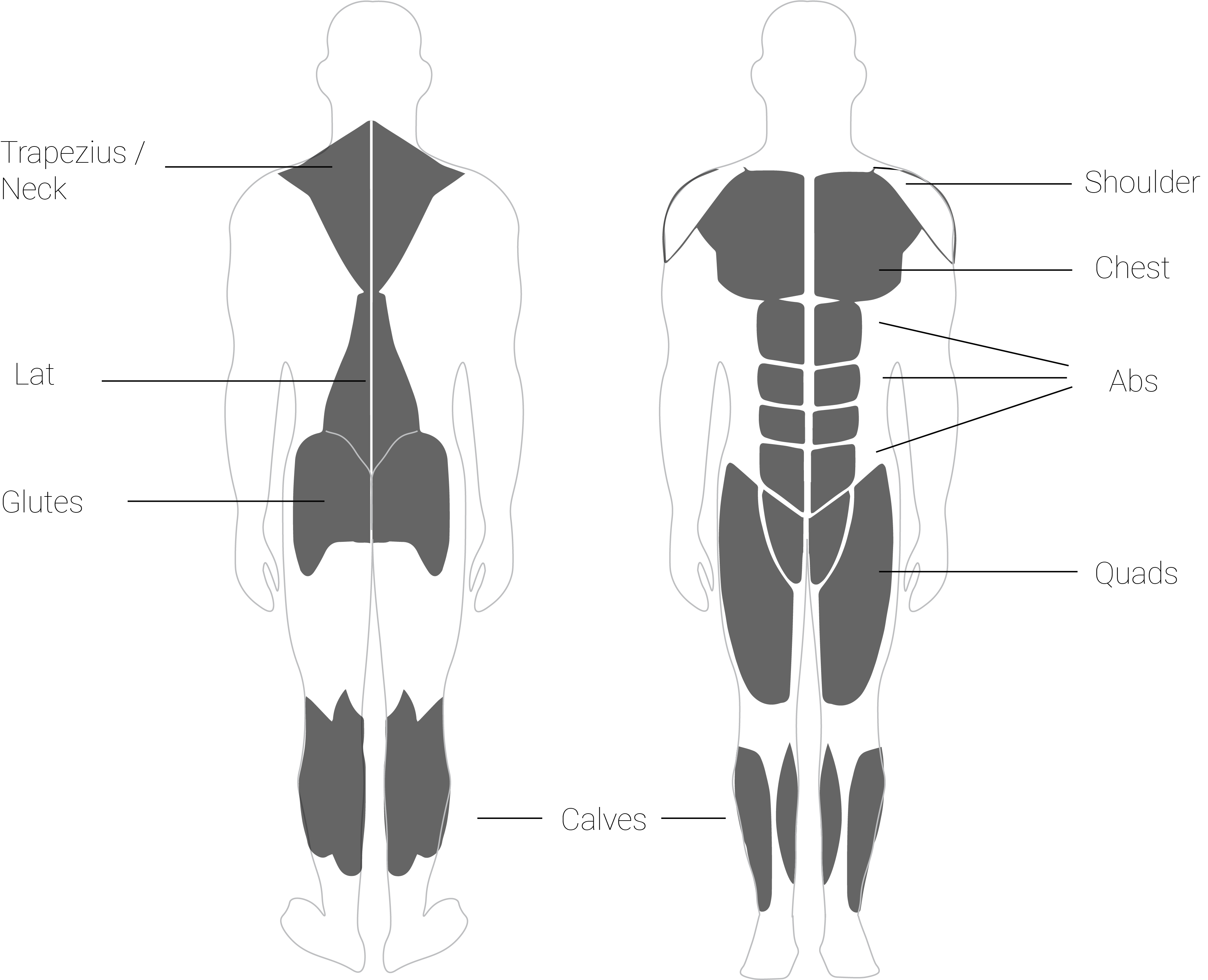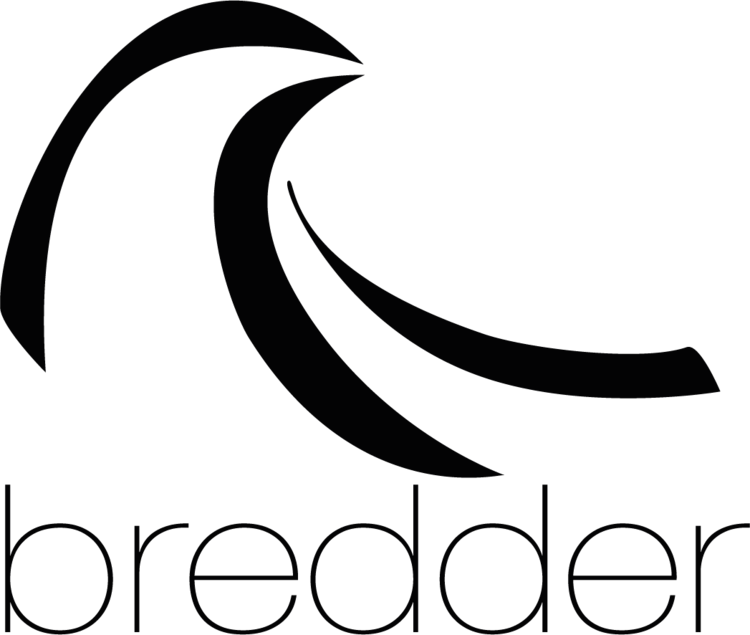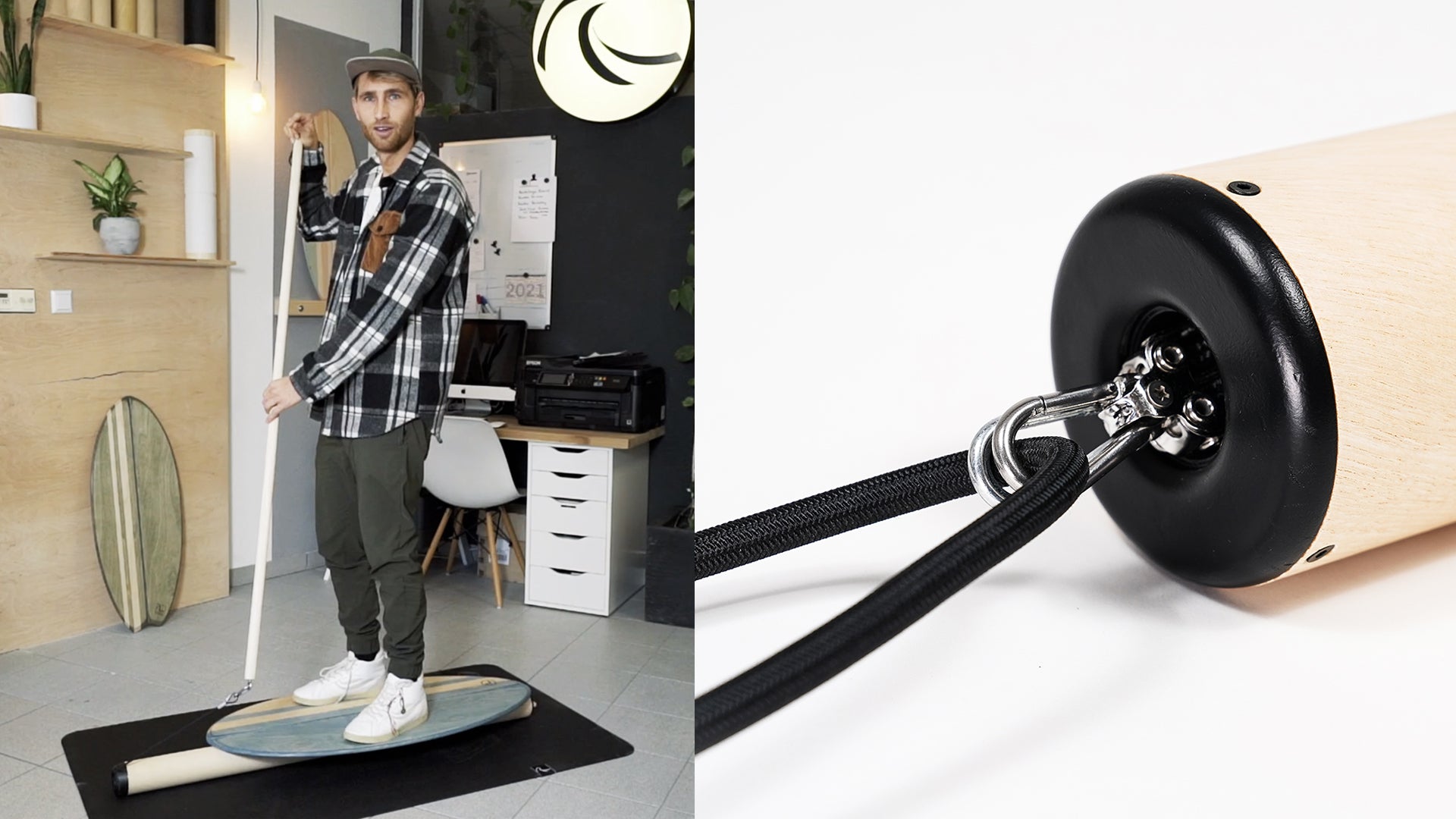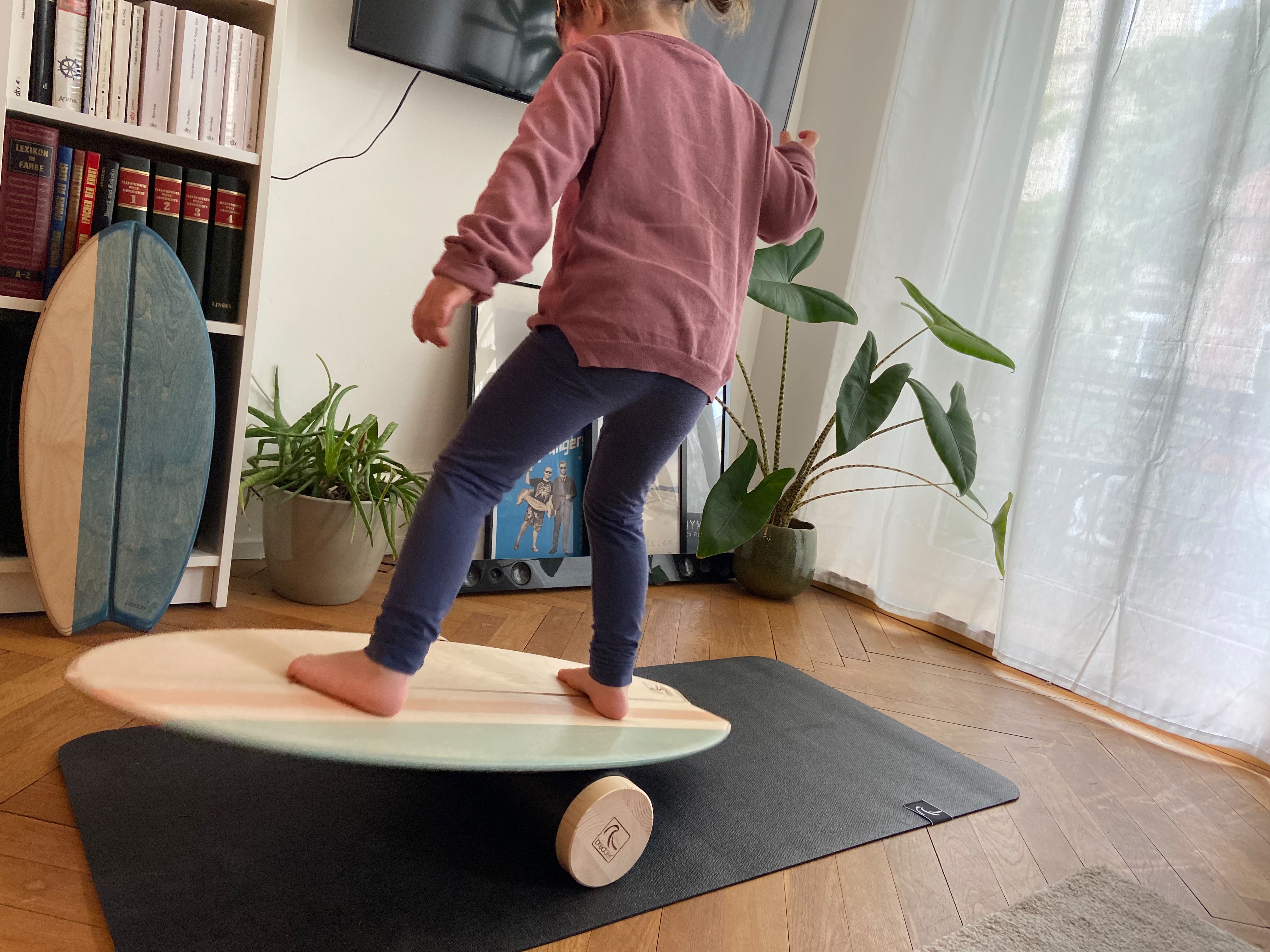
SUP Workout - training for the whole body?
Most people who have tried stand-up paddling (SUP) can agree that it's fun and provides a completely new perspective on cities and nature. But can something so enjoyable also be an effective workout? Almost too good to be true, right? In the following article, we'll show you why stand-up paddling achieves exactly what many are looking for: the combination of fun movement and effective full-body training.
Science Confirms It...
Jan Rosenthal, a sports student, conducted his thesis on the effectiveness of stand-up paddling for the core muscles. He compared two groups of participants. One group paddled with SUP for 45 minutes twice a week, while the other group did core-strengthening workouts at the gym during the same period. Maximal strength of the core muscles was assessed in all participants before and after the study. The result: the group that paddled twice a week for 45 minutes showed a significantly higher increase in maximal core muscle strength.
Is It Really a Full-Body Workout? Which Muscles Are Engaged When Paddling?

And it's not just the core that benefits. For those who prefer a quick read, you can skip to the details below or see from the diagram above that the ENTIRE body is engaged!
Let's get into more detail:
In the neck region, the trapezius muscle (trapezius) is heavily engaged, which is typically trained during rowing or swimming. It covers the upper back and neck region and remains active throughout the entire paddling movement.
Further down is the latissimus dorsi muscle (lats), covering the middle and lower back. It is highly engaged during paddling and effectively trained.
The erector spinae is often shortened in many people. It ensures an upright posture on the SUP and stabilizes the upper body. This is particularly important for those who sit a lot!
Just like the erector spinae, the abdominal region is crucial for a stable core. The rectus abdominis muscles (abs) are the main stabilizers, bringing the core forward and ensuring an upright position on the SUP, but also in everyday life.
The oblique abdominal muscles (transversus/obliquus) work against rotation caused by one-sided paddling, making them highly engaged. This is unique, as they are often neglected during regular workouts.
In the arm area, especially the triceps brachii muscle (triceps) is active, which often weakens. Together with the deltoid muscle (deltoids) in the shoulder, essential for shoulder stability, they do most of the work during the pulling phase of the paddle stroke.
Lastly, the leg muscles are involved in paddling.
Firstly, the quadriceps femoris muscle (quads) is engaged. It is responsible for knee extension and hip flexion, providing stability during the paddle movement. It is also involved in the trunk flexion during the paddle stroke.
The triceps surae muscle (calves) is also active, especially due to constant balance adjustments on the wobbly board.
Lastly, we've reached the feet. Here, the small muscles in the arch of the foot are constantly active to compensate for movements and ensure a secure stance. This helps prevent deformities in the arch of the foot. At the same time, ankle and knee joints are protected, unlike in activities like jogging.
As you can see, stand-up paddling provides a comprehensive workout for almost all muscle groups, and it's also enjoyable.
For Those Who Don't Always Want to Be on the Water...
...we have a solution. Especially in winter, we faced the problem of not necessarily wanting to be on the water in freezing temperatures. Losing the hard-earned fitness gained during summer wasn't a good alternative either. That's why we at Bredder developed a SUP home trainer. Our homeSUP replicates the paddle movement amazingly realistically and makes balance training on the roller a lot of fun. With it, you can enjoy all the benefits of SUP workouts at home, improve your SUP skills, and have an eye-catching addition to your home decor.

And when summer comes again, you'll notice how much more confident your balance is and how much more enduring your specific muscle groups are during your next water tour.
We wish you lots of fun paddling indoors!
Your Bredder Team



